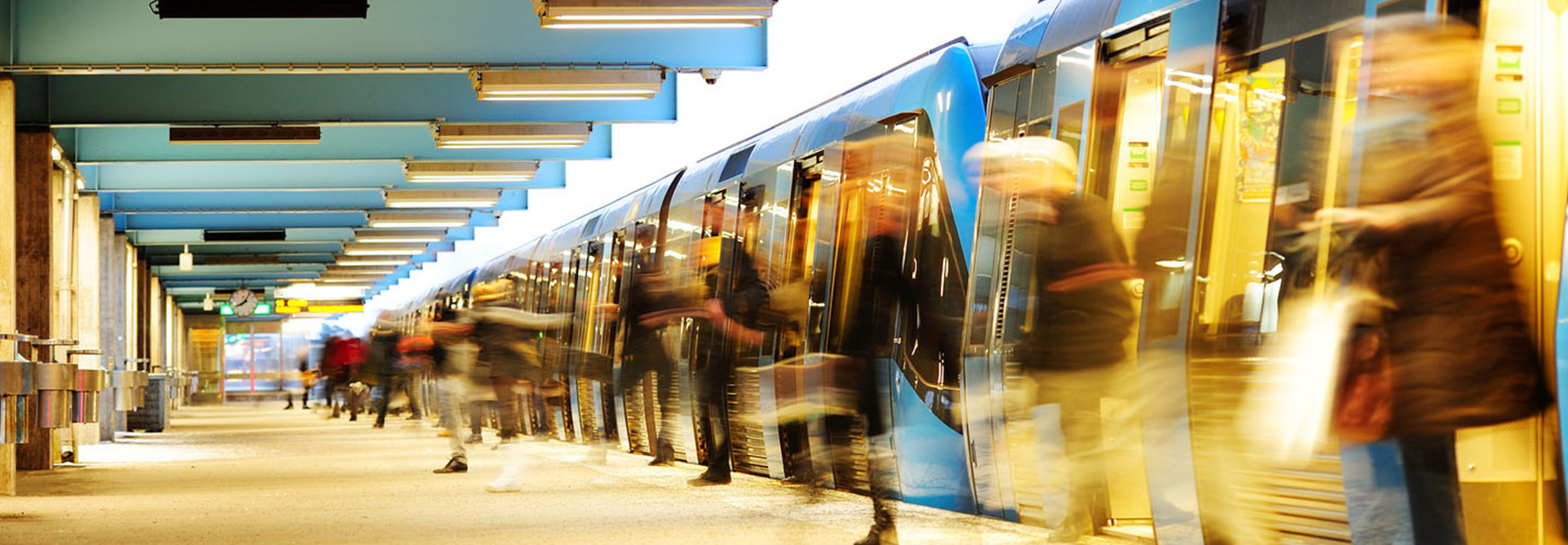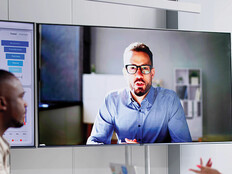Seattle Seeks to Blueprint Better Connected Transit
The Seattle Department of Transportation (SDOT) is looking to help other cities’ transportation agencies and city leadership make sense of the rapidly shifting world of transportation.
With the rise of ride-hailing apps, driverless cars, connected streetlights and other disruptive technologies, the transportation landscape for cities is zooming ahead of current infrastructure and policy.
A few innovative localities, such as Pittsburgh, Pa., Columbus, Ohio, and Virginia, are making moves to embrace autonomous vehicles, while others, such as Boston and Washington, D.C., get on board with the Mobility as a Service boom by revamping public transit using data and smartphone applications. Still others, like Las Vegas and Schenectady, N.Y., are laying the groundwork to enable smart streetlights across downtowns to reduce traffic and make streets safer.
With all of these disparate projects, technologies and policies taking the streets by storm, Seattle is hoping to help other city governments take the change in stride and effectively manage innovation in transportation through their New Mobility Playbook.
Released by SDOT earlier this year, the playbook offers key advice on how to effectively manage and use tech that is transforming city streets as well as an evaluation of the potential “upsides and downsides” of mobility tech, according to a press release.
“Our city’s future hinges on our ability to align innovation with our values,” said SDOT Director Scott Kubly in the press release. “We want to encourage innovation, but it’s got to put people first. Self-driving cars and other technologies aren’t worth much if they’re clogging the roads or too expensive for most people. It is our hope that entrepreneurs, policy experts and community advocates from Seattle and across the country will join in the conversation and partner with us to make cities safer, more equitable and more sustainable places to live.”
SIGN UP: Get more news from the StateTech newsletter in your inbox every two weeks
Seattle’s 5 Plays for a Better Mobile Future
City leaders have big plans for Seattle’s transit. The city has partnered with several companies to test autonomous vehicles on its streets and, by 2030, the city aims to have at least 30 percent of its light-duty vehicle fleet made up of electric vehicles.
With the playbook, SDOT is hoping to encourage cities to get ahead of disruptive transit tech and integrate it in a way that will benefit city residents. It promotes several guiding principles, including: putting people first, designing the tech in a way that promotes customer dignity and happiness, advancing race and social justice, forging a sustainable future and evening the opportunity playing field for all residents.
“With state-of-the-art infrastructure, community engagement and thoughtful regulation, we hope to strike a balance between technology’s drive toward what’s new and our city’s essential commitment to equity and social justice,” the playbook reads.
To do this, the report offers five “plays” to guide urban transformation efforts:
-
Ensure new mobility delivers a fair and just transportation system for all
-
Enable safer, more active, and people-first uses of the public right-of-way
-
Reorganize and retool SDOT to manage innovation and data
-
Build new information and data infrastructure so new services can “plug and play”
-
Anticipate, adapt to, and leverage innovative and disruptive transportation technologies
SDOT is encouraging residents and other government officials to provide feedback on the playbook in order to build the most flexible and responsive plan for the city, as well as establish a blueprint for other cities to launch their own mobility projects.
The department plans to update the playbook every six months in order to address new challenges and incorporate the latest best practices and learnings from ongoing projects.
“With cars, we forced our city to adapt to the technology instead of shaping the technology to serve the people living and working in our city,” the playbook states. “This time around, we want to do things differently. Instead of allowing the technology to shape the city, we’re mobilizing the technology to serve the people’s needs.”









